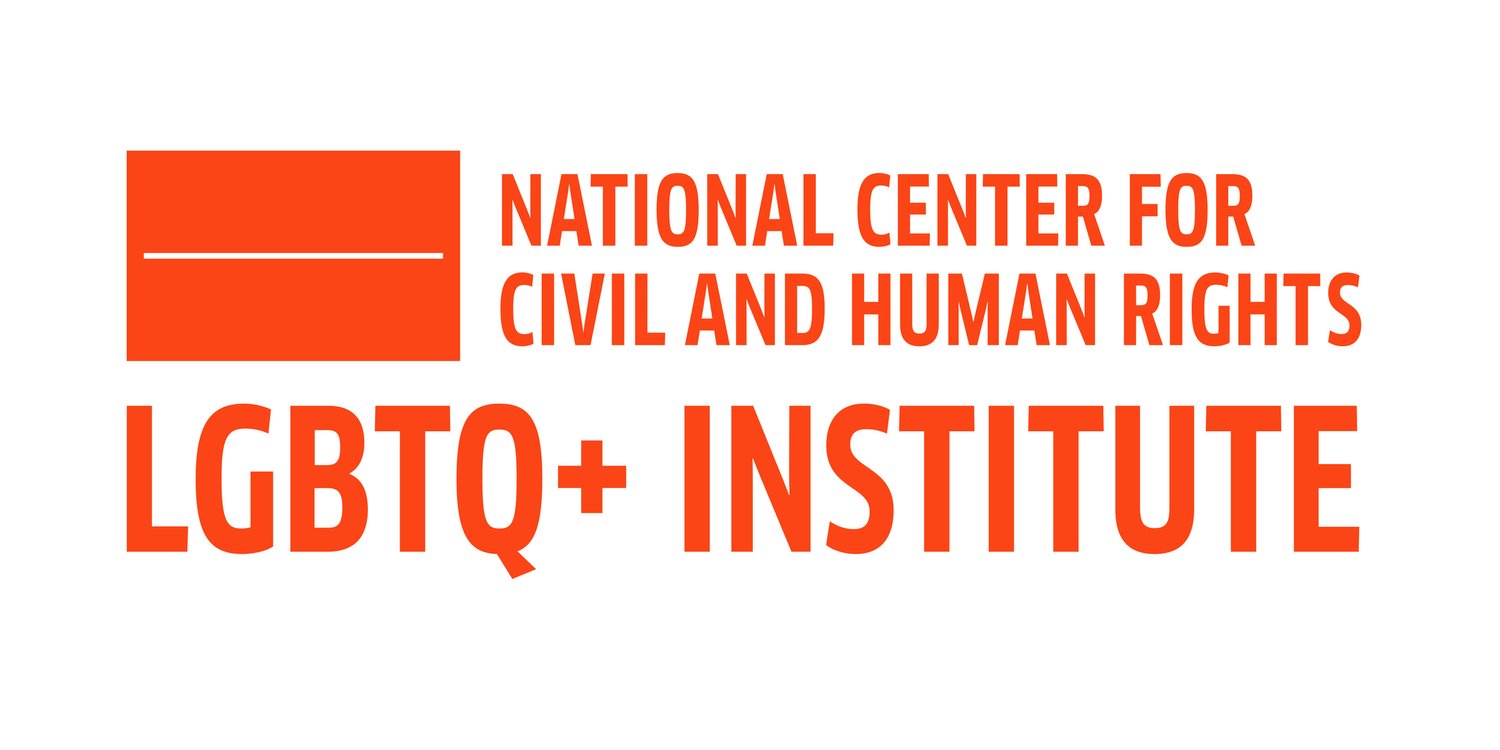By Amanda Cronin / Photo Nandita Mohan, Staff Photographer
Gay-friendliness is a norm that comes with its own presuppositions, said Prof. Sylvie Tissot, political science, University of Paris at her lecture Monday, reporting her findings from her studies on “gay friendliness” in New York and in Paris.
Tissot said she studied two neighborhoods in her research: Park Slope in Brooklyn and Le Marais in Paris — chosen for their historically liberal attitudes and notable friendliness toward gay marriage.
From the study, Tissot discovered that gay-friendliness tended to be found in the upper middle class, straight women, the college-educated and young people.
“The strongest correlation between gay friendliness and attitudes was age and sex,” Tissot said. “So, who is gay friendly? Women and younger people.”
The difference in attitudes was most striking across generations.
Among her sample, the oldest age brackets were the least gay-friendly. However, among 30- to 45-year-old individuals, it was “uncool to be un-gayfriendly.” For the youngest group, gay acceptance was a “non-issue.”
With this knowledge of growing acceptance across generations in both Park Slope and Le Marais, Tissot investigated why there were gay-friendly attitudes at those locations, interviewing upper middle class and self-defined straight residents of both neighborhoods across all age groups and genders.
Tissot focused her interviews on how individuals perceived the gay-friendliness of their communities.
When Tissot asked her subjects to explain why they had accepting attitudes, they attributed their friendliness to greater exposure to gay relationships and to education.
“If you are educated, if you had the chance to go to college, you have more of a chance to interact with people who are not like you,” one 50-year-old male interviewee had said.
In Le Marais, an affluent and highly gentrified area in Paris, respondents commonly said the underprivileged and largely-Muslim suburbs were the most homophobic.
Tissot said she could not prove this to be true, but rather said that this was such a dominant view that “it is common sense in France.”
While claiming gay-friendliness, the respondents defined their social identities in such a way that upheld their privileged status, Tissot argued, showing that homophobia has been replaced by another norm yet upheld by a different set of stereotypes.
Multiple audience members aired concerns about the sample size of Tissot’s study and were curious about the perceptions of communities that are not conventionally accepting, such as rural areas in France and the southern United States.
Tissot rationalized her methodology by explaining that her interviewees from these wealthier locations can serve as a controlled subset from which we can learn.
“It’s important to study the people in power,” she said. “The people who have managed to create this value of gay friendliness and succeeded in building a moral authority through this value.”
Tissot aims to contribute to the growing field of LGBT studies, but hopes that other researchers will expand the scope, even where acceptance and gay-friendliness seem commonplace.
“Acceptance is the norm,” Tissot said. “But acceptance does not mean the end of rejection. Homophobia has not disappeared. [However,] boundaries are changing between what is accepted and what is not.”
